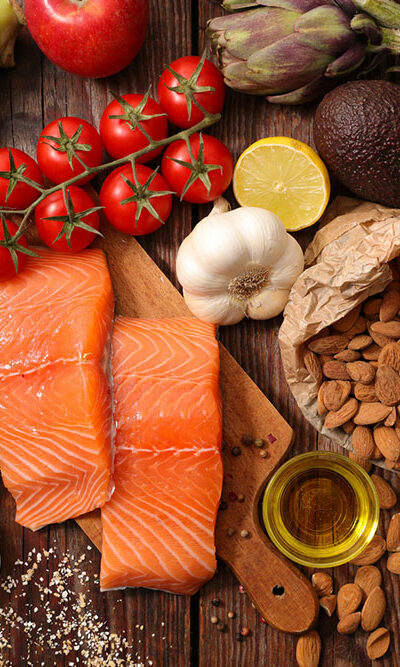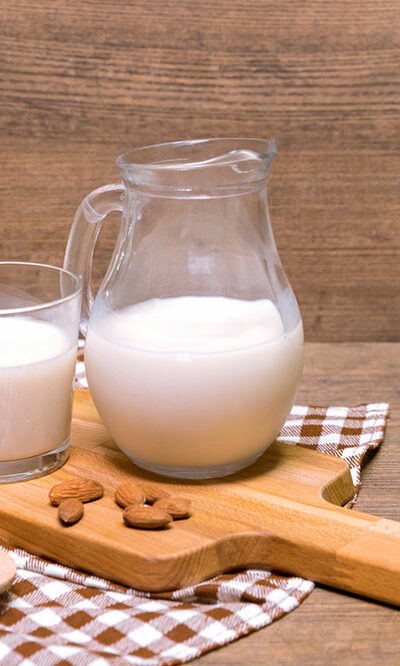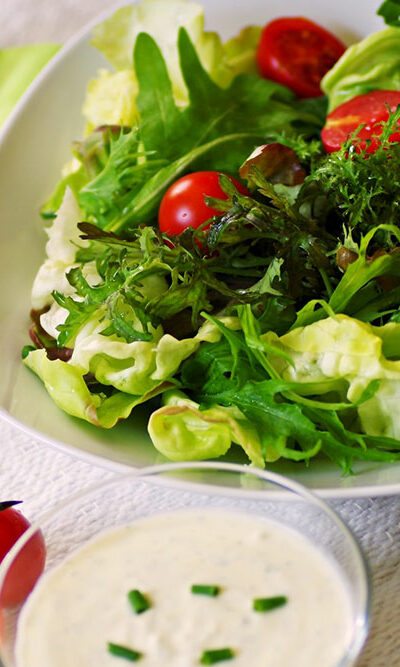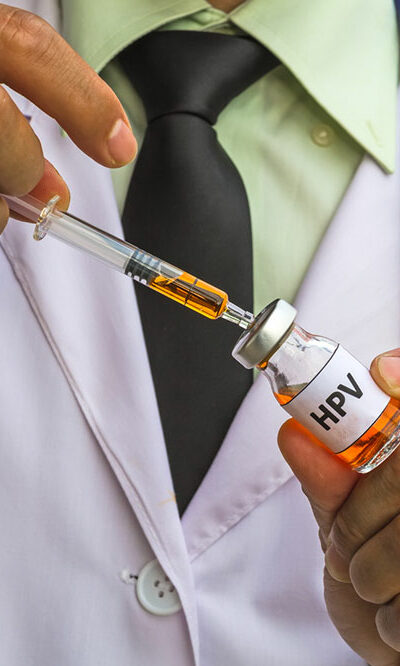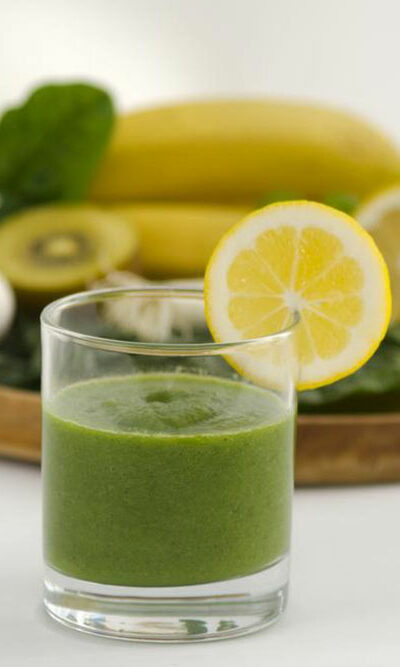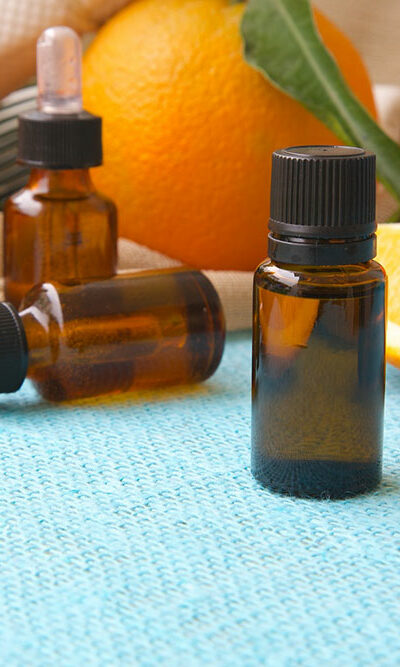
All You Need to Know About Home Remedies for Arthritis
Arthritis is an auto-immune disease which causes stiffness and pain in your joints due to inflammation. It can occur due to a variety of reasons and is uncurable. Arthritis worsens with age and decreased immunity. You can, however, take measures to prevent it. Additionally, the symptoms can be reduced with certain home remedies, treatments, and diets. Here are some natural home remedies that can reduce the effects of arthritis are: Exercise It might be hard to exercise, but it can have a highly positive effect on your health and body. Exercising can reduce the swelling caused by arthritis. Aerobics, balance moves, strength training, etc, are some of the best types of exercises to help you with joint pain caused by arthritis. Heat treatment Heat treatments through heating pads or warm towels help ease the pain. However, make sure the temperature is not too high, as that might burn your skin. Hot tubs are an alternative to soothe and relax stiff muscles. Heat treatment encourages blood flow and soothes the pain in your joints. If you are pregnant or have high blood pressure, make sure you consult your doctor before using this method Cold treatment An ice pack is pressed on to the affected area to reduce inflammation and stiffness. But one should not overdo it and take intervals every half an hour in order to avoid any complications. Magnets You can indulge in magnet therapy by using multiple methods like pads, disks, necklaces, and bracelets. However, this method is more efficient to treat osteoarthritis. Acupuncture Acupuncture is a traditional Chinese medicine which uses fine needles to stimulate energy along the meridians of your body. The idea is to correct the body’s energy imbalances. It has been proven to lower the production of chemicals that cause inflammation and reduce the pain caused by arthritis.



